The Keynesian Revolution in the Making,
19241936
Peter Clarke
(p.ii)

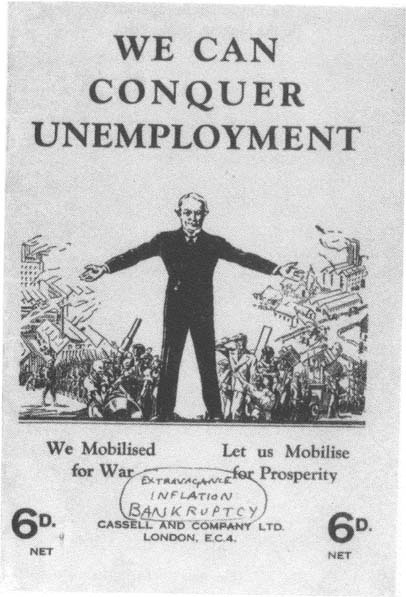
We can conquer unemployment: the cover of Lloyd Georges 1929 proposals on unemployment, as defaced in the official Treasury copy
(p.iv) This book has been printed digitally and produced in a standard specification in order to ensure its continuing availability
.gif)
- Great Clarendon Street, Oxford OX2 6DP
- Oxford University Press is a department of the University of Oxford.
- It furthers the Universitys objective of excellence in research, scholarship,
- and education by publishing worldwide in
- Auckland Cape Town Dar es Salaam Hong Kong Karachi
- Kuala Lumpur Madrid Melbourne Mexico City Nairobi
- New Delhi Shanghai Taipei Toronto
- With offices in
- Argentina Austria Brazil Chile Czech Republic France Greece
- Guatemala Hungary Italy Japan South Korea Poland Portugal
- Singapore Switzerland Thailand Turkey Ukraine Vietnam
- Oxford is a registered trade mark of Oxford University Press
- in the UK and in certain other countries
- Published in the United States
- by Oxford University Press Inc., New York
- The moral rights of the author have been asserted
- Database right Oxford University Press (maker)
- First issued in paperback (with corrections) 1990
- All rights reserved. No part of this publication may be reproduced,
- stored in a retrieval system, or transmitted, in any form or by any means,
- without the prior permission in writing of Oxford University Press,
- or as expressly permitted by law, or under terms agreed with the appropriate
- reprographics rights organization. Enquiries concerning reproduction
- outside the scope of the above should be sent to the Rights Department,
- Oxford University Press, at the address above
- You must not circulate this book in any other binding or cover
- And you must impose this same condition on any acquirer
- Printed and bound in Great Britain by CPI Antony Rowe,
- Chippenham and Eastbourne
Dedication
(p.v) In memory of
JOHN WILLIAM CLARKE
4 January 190825 May 1987
Contents
Part I Introduction
Part II Sound Finance
Part III A Revolution in Economic Policy?
PART IV A Revolution in Economic Theory?
PART V Conclusion
(p.vi) (p.vii) Preface
This book is chiefly addressed to my fellow historians. I hope that it will be intelligible to others. It represents a quest for the historical Keynes, whose part in giving the economic role of the state a wholly new political salience in the twentieth century few historians would denyyet few have properly explained. For there remains a hole in the middle of the picture, where Keyness own ideas ought to be. Economic historians of this period have usually focused rather closely upon policy, leaving theory to the economists. Political historians, conversely, have been too readily content with a question-begging acknowledgement that something important must have been going on, but have circumspectly declined to elaborate. As historical explanation, this is hardly better than saying with one bound Jack was free.
In seeking a proper explanation, I have spent a fair part of the last few years in learning enough to follow a debate over Keynesian economics which has been in progress on a number of levels. I have been encouraged to continue by the helpful response I have encountered from many economists, and I would particularly like to thank Neville Cain, Selwyn Cornish, Partha Dasgupta, Elizabeth Durbin, Geoffrey Harcourt, Susan Howson, Peter Kriesler, Murray Milgate, Donald Moggridge, Thomas Rymes, Donald Winch, Richard Wright, and Warren Young.
The making of this book has been a tortuous process. An early result of my work was my essay The politics of Keynesian economics, 192431, published in Michael Bentley and John Stevenson (eds.), High and Low Politics in Modern Britain (Oxford, 1983). (Since parts of it are recapitulated in the present book, I have taken account, notably in Chapter , of subsequent criticisms of its contentions.) One theme of the essay was the importance of the political context in understanding the theoretical position Keynes adopted in his Treatise on Money (1930). I intended to match this with an essay along the same lines, covering the years in which Keynes produced The General Theory of Employment, Interest and Money (1936). But as my work progressed, it became clear that the story was more complicated than I had supposed.
(p.viii) My decision to write a book was due in part to the belief that this was the only way in which a crucially important dimension of economic theory could be satisfactorily explained to non-specialists. It was also due in part to the richness of the historical sources which I discovered. Finally, however, it was due to a growing sense that economists might benefit from what I had to say.
It was borne in on me that many disputes over Keynesian economics revolved around a construct. (This is apart from the related problem about subsequent Keynesianism.) The figure confidently referred to as Keynes often turned out to be an ahistorical abstraction, located not in the context of actual arguments over policy or of actual debates over theory, but with citations from his various writings, of various dates, pressed into service in senses which could hardly have been intended. In view of Keyness own use of the label classical economistto which his friend and critic D. H. Robertson raised pointed objectionit is ironic that the whirligig of time should have brought in one of his revenges by making the name Keynes into what Robertson called a composite Aunt Sally of uncertain age. I concluded that only by telling the story of the argument at some length could I make it comprehensible, and thereby retrieve the historical Keynes.
I was helped by discussion with Professors Lord Kahn, James Meade, and Sir Austin Robinson. I should like to thank the librarians and archivists who assisted my research, especially Judith Allen at the Marshall Library, Cambridge, Henry Gillett at the Bank of England, Michael Halls at Kings College, Cambridge, and Angela Raspin at the British Library of Political and Economic Science. For permission to quote from unpublished writings of which they control the copyright I am grateful to: Professor D. E. Moggridge; Professor T. K. Rymes; the Bank of England; the British Library of Political and Economic Science; and the Provost and Scholars of Kings College, Cambridge (for unpublished writings of J. M. Keynes copyright 1988). Crown copyright material in the Public Record Office is reproduced by permission of the Controller of Her Majestys Stationery Office. Illustrations are reproduced by permission of Dr W. M. Keynes.


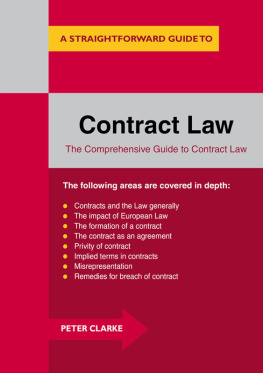

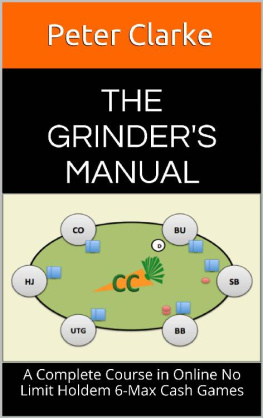
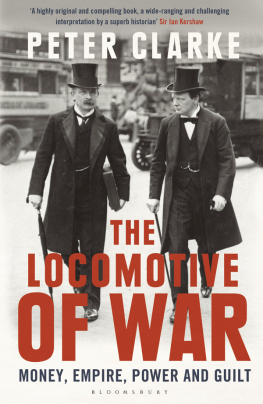
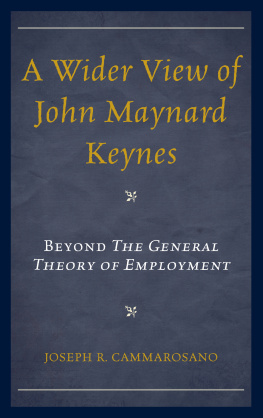
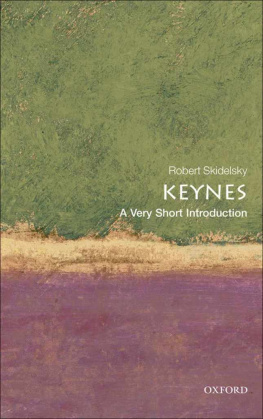


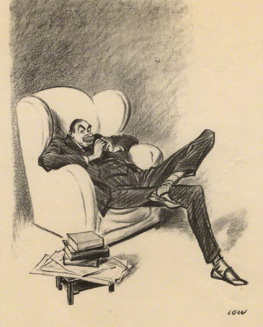
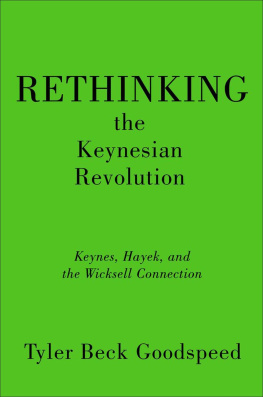
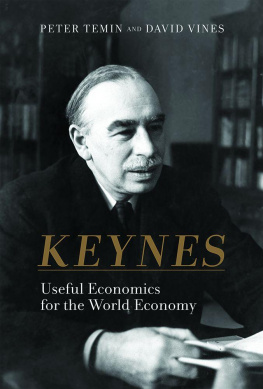
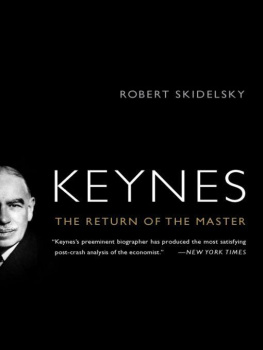


.gif)